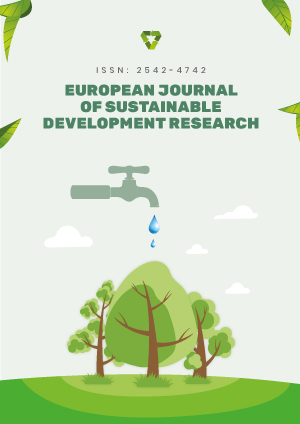Abstract
The goal of this study is to find the best pretreatment conditions and look into how alkali pretreatment affects the amount of C5 sugar produced when parthenium hysterophorus (PH) is broken down by enzymes. This method made it easier to look at several factors at the same time that affect alkaline pretreatment (substrate concentration: 2-4%, NaOH concentration: 1.00-1.75%, autoclave duration: 20-40 min) and enzymatic hydrolysis (enzyme loading: 0.40-0.80 ml). We evaluated 30 experimental scenarios and attained the maximum C5 sugar production (0.219 g/g) after 12 hours of enzymatic hydrolysis under ideal conditions. The settings were a substrate concentration of 3%, a NaOH concentration of 1.37% w/v, autoclave duration of 30 minutes, and an enzyme loading of 0.60 ml. The examination of biomass composition indicated that the pretreatments achieved a substantial reduction in lignin content, with a delignification rate of 61.30%. This thorough experimental design achieved a high enzymatic hydrolysis efficiency of 73.08% for PH. This suggests that PH is a viable non-conventional lignocellulosic source for C5 sugar synthesis. Thus, alkali pretreatment has become an effective method for biomass valorization within the biorefinery context.
License
This is an open access article distributed under the Creative Commons Attribution License which permits unrestricted use, distribution, and reproduction in any medium, provided the original work is properly cited.
Article Type: Research Article
EUR J SUSTAIN DEV RES, Volume 9, Issue 2, 2025, Article No: em0284
https://doi.org/10.29333/ejosdr/16231
Publication date: 02 Apr 2025
Article Views: 341
Article Downloads: 96
Open Access References How to cite this article
 Full Text (PDF)
Full Text (PDF)